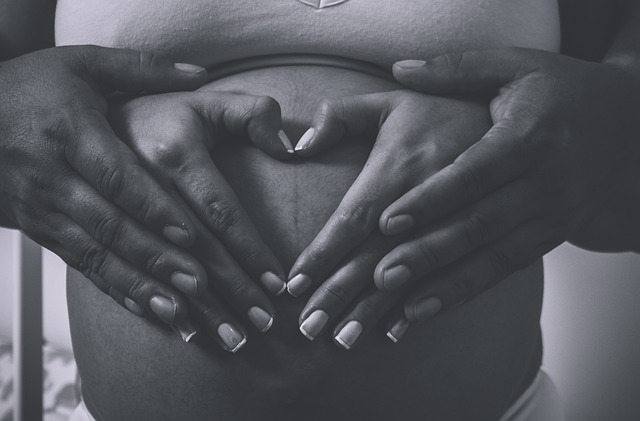In the whirlwind of postpartum life, after the birth of my first child, I was astounded by the immediate pressure to return to my previous routine. Just days after delivery, I found myself expected to entertain guests, respond to calls, prepare meals, and attend medical appointments—all while grappling with the physical aftermath of childbirth. I was still recovering, my body in disarray, with a newborn who demanded constant attention and care.
In our contemporary society, women often receive little to no support during the postpartum phase. The idea of taking time to heal physically and emotionally, or simply to bond with their newborns, seems almost foreign. Many women are thrust back into the workforce mere weeks after giving birth, which likely contributes to rising issues like postpartum depression and alarming maternal mortality rates, often resulting from preventable complications during this fragile time.
The treatment of postpartum mothers in our culture is lacking, making it evident that we could learn from traditional practices, such as the ancient Chinese custom of zuo yue zi, or “sitting in.” While some aspects of this tradition may appear restrictive or outdated, many elements are refreshingly beneficial, and could be adapted to enhance modern postpartum care.
Dr. Mei Chen, a leading physician at the Beijing Mother and Child Health Center, shared insights on this age-old practice. “The earliest references to postnatal customs date back over 2,000 years to the pre-Qin period,” she explains. “Zuo yue zi was a way to honor women’s roles in society.” While some contemporary mothers may not fully embrace these customs, many still choose to observe a month of confinement and care.
The essence of zuo yue zi extends beyond mere celebration; it encompasses health benefits for both mother and infant. This practice includes restrictions on physical activity, which Dr. Chen argues aids in the healing of a mother’s pelvis and uterus. Dietary guidelines emphasize nutritious foods rich in calcium, iron, and protein, while traditional hygiene practices often involve avoiding showers and hair washing for a month. While such rules might seem extreme today, they were more understandable in earlier times.
In a revealing interview, a modern Beijing mother, Lisa Wong, recounted her experience with zuo yue zi after the births of her children. Encouraged by her family, she adhered to the tradition, abstaining from washing her hair for over two weeks and showering with herbal-infused water. She consumed warming dishes, including chicken cooked with rice wine and ginger, which many believe support lactation and recovery.
Lisa emphasized the value of having a yuesao, or a live-in helper, who provided essential support with household tasks and meal preparation. Yet, she admitted that some of the hygiene practices felt excessive. “I wish I could have showered more often and not felt silly about constantly washing my hands with hot water,” she expressed. Nonetheless, she advocates for this tradition—or a modern interpretation of it—for new mothers, urging them to prioritize their comfort and well-being.
Despite the challenges of adapting zuo yue zi to contemporary life, it highlights the need for improved support systems for postpartum women. Sadly, many mothers today lack the resources or support to fully embrace such practices. The inadequacies in maternity leave policies and the rarity of hired help underscore a pressing issue that needs addressing.
In conclusion, it’s crucial that we advocate for better postpartum care and support networks. If you can find a way to incorporate some elements of zuo yue zi into your postpartum journey, you should absolutely consider it. New mothers deserve to be cherished and cared for during this pivotal time. If you’re interested in enhancing your journey towards motherhood, check out this insightful piece on at-home insemination, as well as visit Modern Family Blog for authoritative insights on the subject. For more information on pregnancy and home insemination, you can also refer to this excellent resource from Women’s Health.
